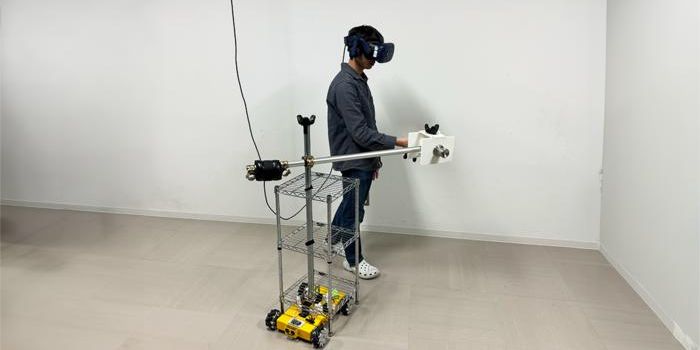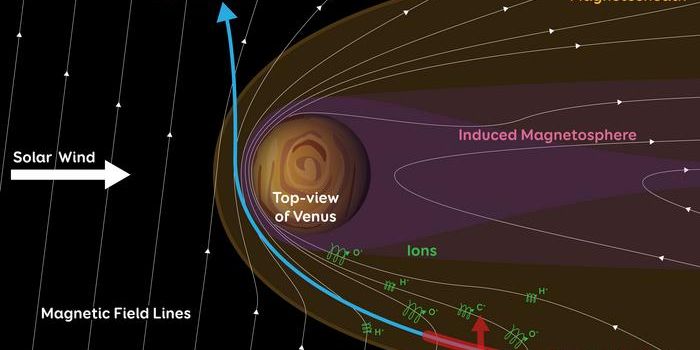New E-Nose Tech Detects Harmful Chemicals
Volatile organic compounds (VOCs) are compounds made of carbon that are emitted as gases into the air. They have a high vapor pressure and low water solubility, and many VOCs have adverse health effects if breathed in.
VOCs are emitted by many types of common everyday products, making concentrations of VOCs consistently higher indoors than they are outdoors. They are commonly emitted by household cleaning products, paints and paint strippers, pesticides, glues and permanent markers, and more. They can also indicate the presence of explosives, disease, pest infestation and food spoilage.
Identification of VOCs is important to remit indoor air pollution and for purposes of environmental monitoring and public safety. However, sensing VOCs can be challenging due to the fact that many are non-reactive and occur in low concentrations.
A new study in Applied Physics Reviews introduces a new e-nose design that consistently detects VOCs at low concentrations.
E-noses employ chemical sensors within a noselike chamber, then use pattern recognition to identify odors. Previous e-nose technology came up short when tasked with identifying VOCs, however, as results proved inconsistent depending on where the sensor was located within the chamber.
“To counteract this problem, the fluidic behavior of the gas flow needs to be well controlled," said study author Weiwei Wu.
The researchers introduced a shuntlike device to control the fluid flow and shorten response time. When compared to a duplicate e-nose design sans the shunt, the chamber with the shunt device consistently performed approximately 1.3 times better at sensing a sample VOC.
"E-nose research is a highly interdisciplinary field," said Wu. "Chemists, physicists, biologists, electronics engineers, and data scientists need to work together to solve issues including effective sensing that considers the fundamental mechanisms of absorption/desorption, algorithms that achieve precise recognition of VOCs more quickly and with lower energy consumption, and how new technologies, such as memristors, should be involved.”
Sources: EPA, Applied Physics Reviews, ScienceDaily
-
APR 17, 2024Cannabis Sciences Virtual Event Series 2024
-
APR 30, 2024Immuno-Oncology Virtual Event Series 2024
-
MAY 07, 20243rd International Biosecurity Virtual Symposium
- See More

















































